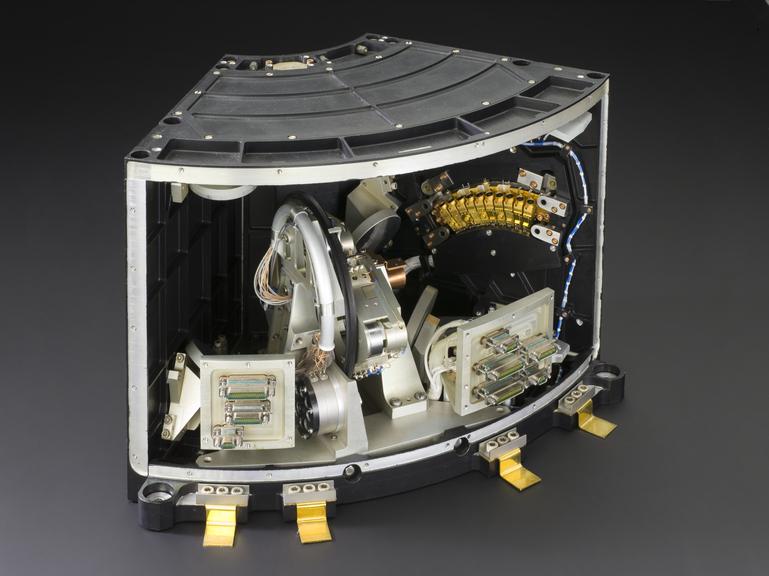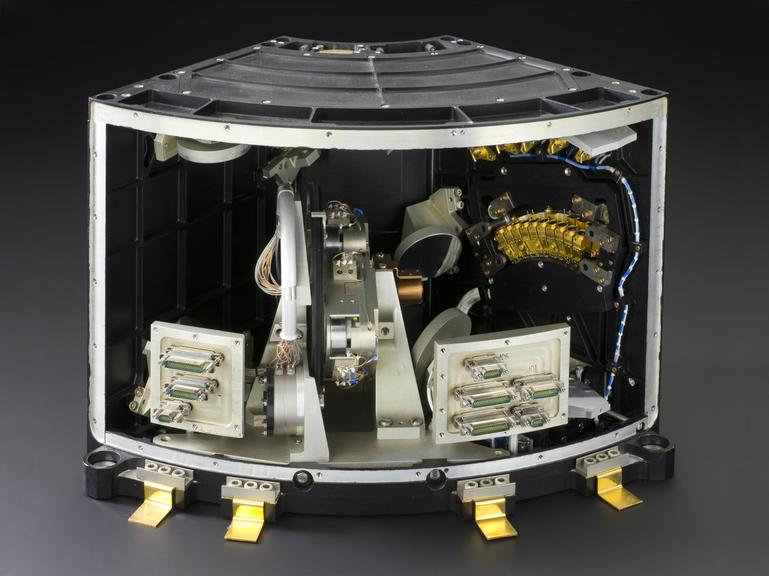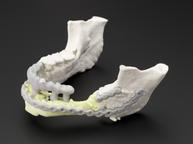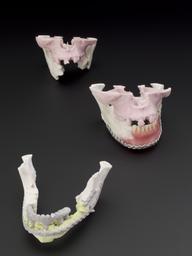

Long-wavelength spectrometer from the Infrared Space Observatory (identical spare model)






Twin spare of the long-wavelength spectrometer from ISO (Infra-red Space Observatory). Assembled and tested at Rutherford Appleton Laboratory, c.1993.
Cosmic dust between the stars blocks out visible light, but it can be penetrated by infrared. Scientists study the infrared radiation emitted by gas molecules to find out more about cooler areas of space where stars have yet to form, or have died.
This instrument is identical to one flown on the Infrared Space Observatory, launched in 1995. This satellite revealed the presence of water in many parts of our galaxy.
Details
- Category:
- Temporary Exhibitions
- Object Number:
- L2009-4033
- Materials:
- plastic (unidentified), metal (unknown), steel (metal), aluminium (metal), rubber (unidentified) and electronical component
- Measurements:
-
overall: 255 mm x 385 mm x 260 mm, 7.048 kg
- type:
- spectrometer - infra-red
- credit:
- On loan from Rutherford Appleton Laboratory




